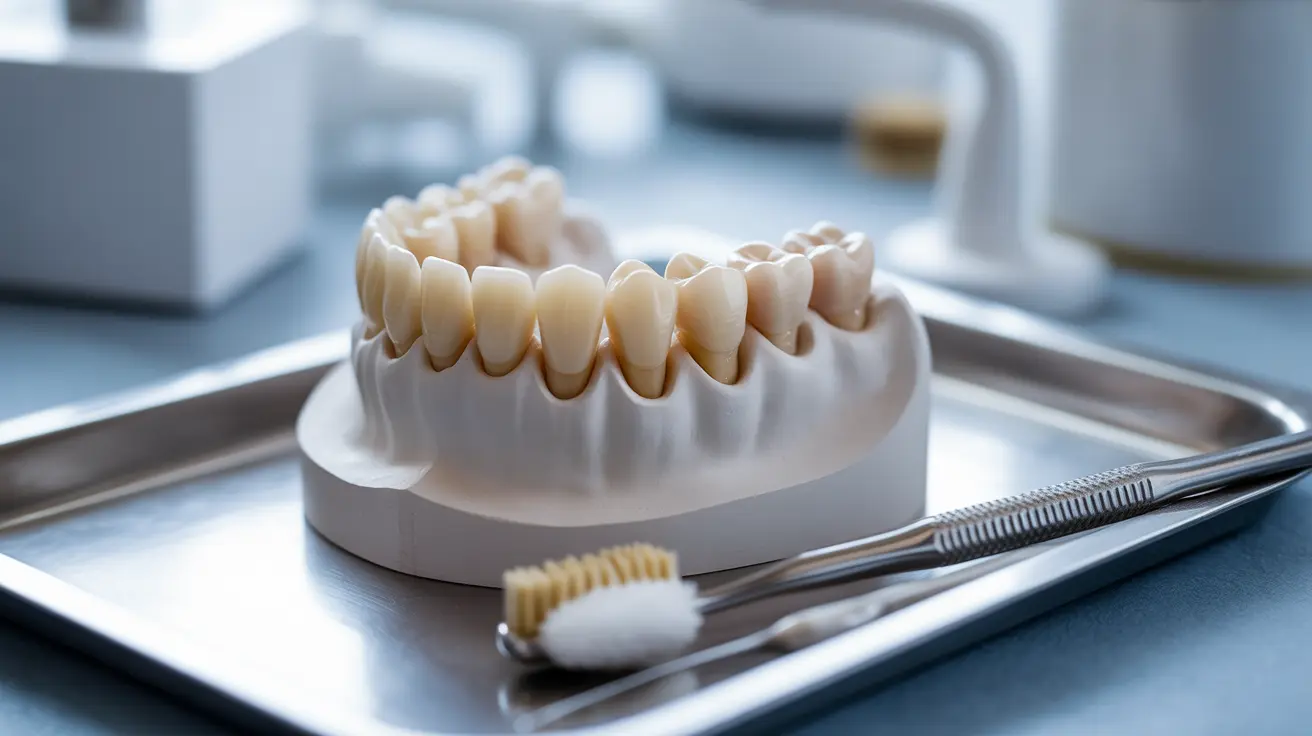A temporary crown serves as a crucial protective covering for your tooth while you wait for your permanent crown to be manufactured. Understanding how to properly care for this temporary restoration is essential for maintaining your oral health and ensuring a smooth transition to your permanent crown. This comprehensive guide will walk you through everything you need to know about temporary crown care.
Understanding Temporary Dental Crowns
A temporary crown is a short-term restoration that protects your prepared tooth after it has been shaped for a permanent crown. This provisional crown helps maintain proper spacing between teeth, protects the underlying tooth structure, and allows you to maintain normal eating and speaking functions during the waiting period, which typically lasts about two to three weeks.
Proper Care and Maintenance
Taking good care of your temporary crown requires attention to detail and following specific guidelines. Here are the essential care instructions:
Brushing and Flossing
Maintain good oral hygiene while being gentle around your temporary crown:
- Brush twice daily using a soft-bristled toothbrush
- Use gentle, circular motions around the crown area
- Floss carefully, sliding the floss out rather than lifting it up
- Consider using a water flosser for gentle yet effective cleaning
Temperature Considerations
Your temporary crown may be more sensitive to temperature extremes:
- Avoid very hot or very cold beverages
- Let hot drinks cool slightly before consuming
- Use a straw when drinking cold beverages to bypass the crowned tooth
- Eat room-temperature foods when possible
Food and Drink Restrictions
Certain foods can damage or dislodge your temporary crown. Here's what to avoid:
- Sticky foods (caramel, gummy candies, taffy)
- Hard foods (nuts, hard candies, ice)
- Chewy foods (bagels, tough meats)
- Crunchy foods (raw vegetables, popcorn)
- Very sugary foods that might loosen the temporary cement
Managing Discomfort and Sensitivity
Some discomfort is normal with a temporary crown, but there are ways to manage it:
- Use sensitive toothpaste if needed
- Take over-the-counter pain relievers as recommended by your dentist
- Avoid chewing on the side with the temporary crown
- Report persistent pain or sensitivity to your dentist
Emergency Situations
If your temporary crown becomes loose or falls off:
- Store the crown in a safe place if it comes off
- Contact your dentist immediately for guidance
- Keep the area clean by gentle brushing and rinsing
- Avoid using temporary cement products unless specifically advised by your dentist
Frequently Asked Questions
What is a temporary crown and why do I need one before my permanent crown? A temporary crown is a provisional restoration that protects your prepared tooth while your permanent crown is being made in a dental laboratory. It maintains proper spacing, prevents sensitivity, and allows normal function during the waiting period.
How should I care for my temporary crown to prevent it from coming loose or causing problems? Practice gentle but thorough oral hygiene, avoid sticky or hard foods, and be cautious with flossing. Brush carefully with a soft-bristled toothbrush and avoid extreme temperature foods and beverages.
What foods and drinks should I avoid while wearing a temporary dental crown? Avoid sticky foods like caramel or gummy candies, hard foods such as nuts or ice, very chewy foods like tough meats, and extremely hot or cold beverages that might cause sensitivity or loosen the crown.
What should I do if my temporary crown falls off or feels loose? Contact your dentist immediately if your crown feels loose or falls off. Store the crown safely if it comes off, keep the area clean, and avoid using over-the-counter temporary cements unless specifically instructed by your dentist.
Is it normal to experience sensitivity or discomfort with a temporary crown, and how can I manage it? Some sensitivity is normal, particularly to temperature changes and pressure. Use sensitive toothpaste if recommended, take over-the-counter pain relievers as needed, and avoid chewing on that side. Contact your dentist if discomfort becomes severe or persists.




